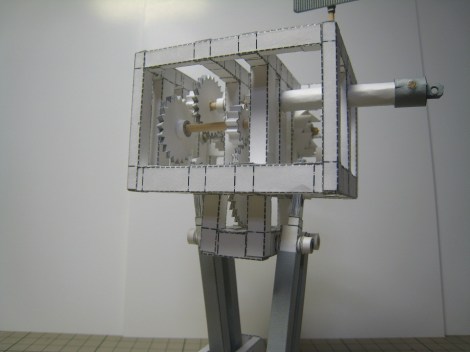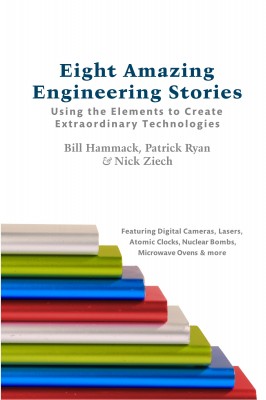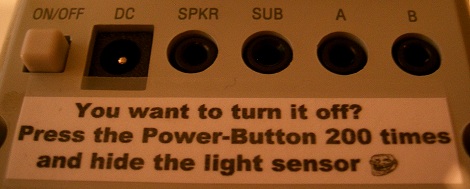It’s not too late to hack your own Valentine’s day gifts. Here’s four projects to get you headed in the right direction.
Heart-shaped box

[Ian] built what he calls the Valentine’s gift bomb. It’s a cigar box with this LED heart on the top. A servo motor latches the lid from the inside and won’t open until the thing goes off on the big day. (sorry, no link to this one as he just sent us the pictures found after the break).
A Blinky Bouquet

[Ryan] shows us how to make a felt bouquet and then light things up with some LEDs.
Pictures in a bottle

Reuse that old incandescent bulb by adding LEDs and heart-shaped pictures inside the glass enclosure.
Robot love

This cocoa container turned robot cat calls, raises its eyebrows, and blinks the LEDs eyes when she presses the button on top.
















